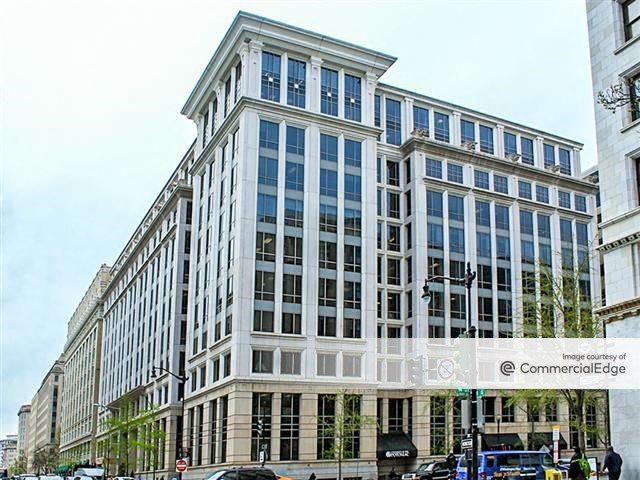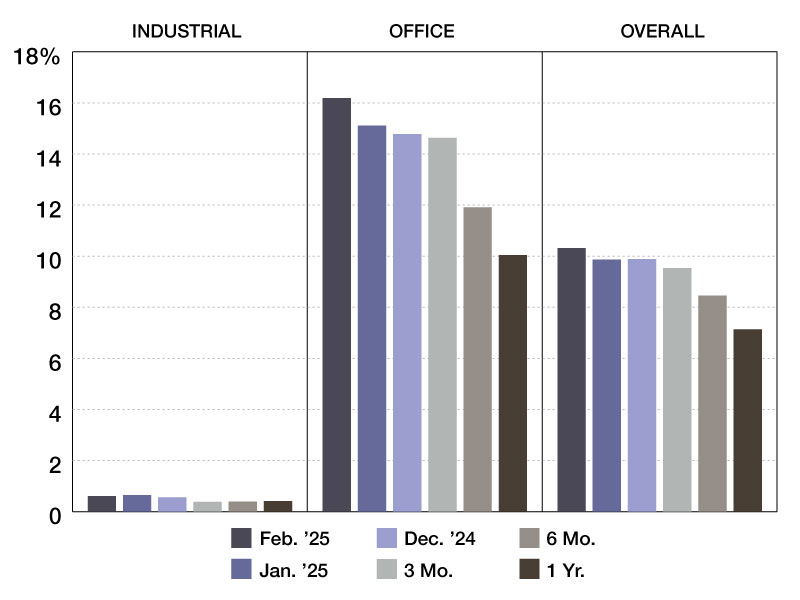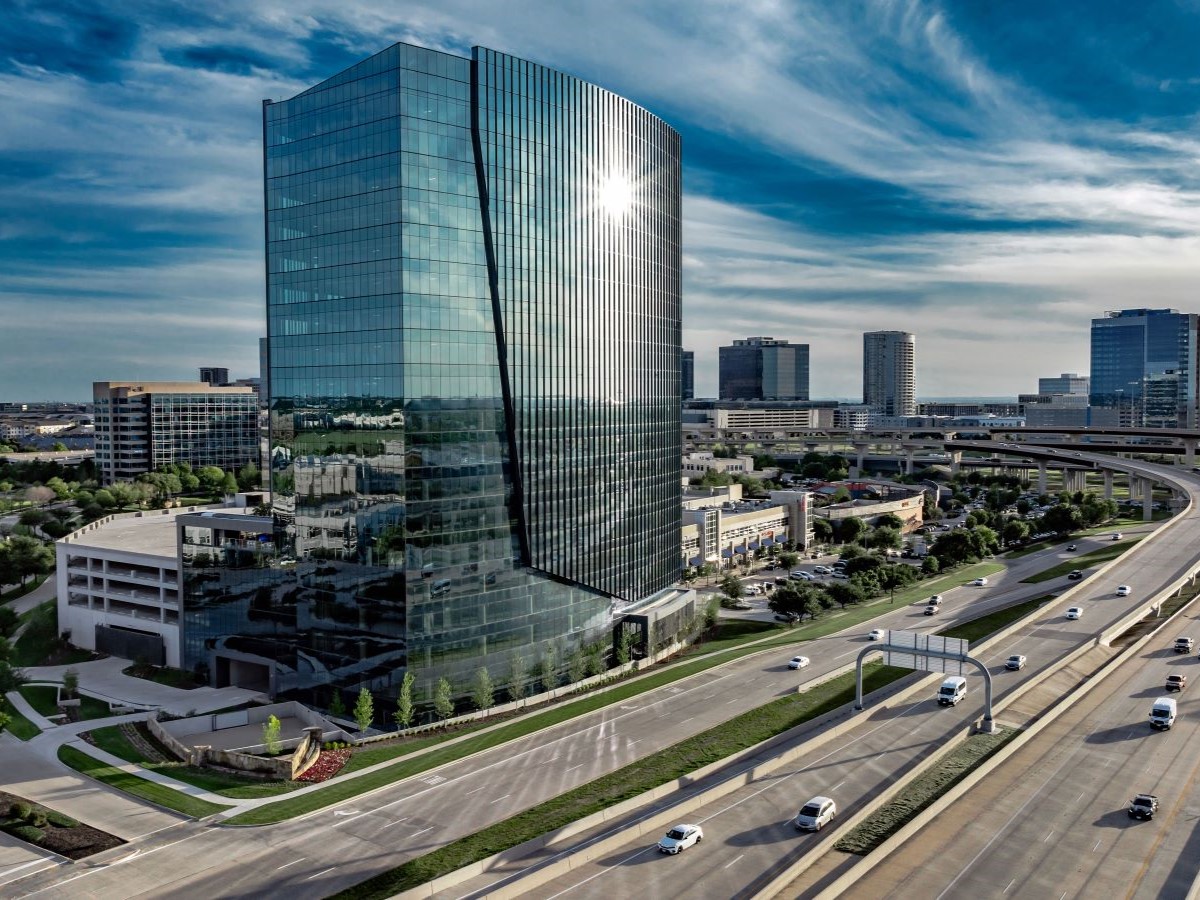Capital Ideas: The Case for Vintage Office Properties
Can older buildings compete today? ESRT's Tony Malkin is sure they can.

In today’s flight-to-quality market, there has been a lot of talk about the vulnerability of older office buildings. Who’ll lease them? Who’ll finance them? Who’ll be willing to spend what it will takes to make them sustainable and competitive?
In a report last year, Moody’s found 31 percent of office buildings across their top 80 primary metros were built before 1980, making them potentially “obsolete” in light of tenants’ desire for state-of-the art space.
But don’t tell that to Tony Malkin, chairman & CEO of Empire State Realty Trust Inc., which owns 8.6 million square feet of office space—including the Empire State Building and seven other pre-war Manhattan assets. ESRT spent $1 billion over a decade on improving 93 percent of that office space with a focus on maximizing energy efficiency and making a sound business case for deep energy retrofits. And now its “2.0 plan” is to reduce carbon emissions 40 percent by 2030 and 80 percent by 2050—in line with the city’s targets.
“The idea was to make the Empire State Building green,” Malkin said, speaking at BOMA’s Energy Day in New York yesterday. “But, as we delved into it more, it was incredibly important to me that we make the economic model. If there wasn’t an economic model, it didn’t make sense to our investors.”
READ ALSO: Designing an Office Experience That Feels Like Home
According to Malkin, the doom and gloom about older properties is more a product of the capital crisis than market reality. “It may be a result of overleveraging and underinvestment,” he said.
In addition to making systems more efficient, ESRT has also sought to reduce energy consumption through tenant involvement, since buildings essentially serve to support their operations. “Without tenants, we don’t cause an issue,” he said. And they have invested in improved indoor air quality and energy efficiency within the tenant spaces.

“All of this creates an environment that attracts better tenants,” he said. “Better tenants pay more rent. They care about this stuff.”
Anyone can do what ESRT has done, Malkin said, and ESRT’s strategy is publicly available on the New York Energy Research & Development website.
Tearing down underutilized office buildings, Malkin said, would be like “tearing down trees in a rain forest,” because of the embodied carbon implications.
And forget residential conversions. For Malkin, there is a an opportunity to repurpose older office buildings as office buildings. ESRT’s portfolio of mostly older properties, he said, is 92 percent leased, and the company has logged nine consecutive quarters of positive absorption.
“That opportunity is real and cannot be ignored,” he said.
Of course, not every owner of vintage office owns an Empire State Building or a One Grand Central Place, which is across from Grand Central Station and—full disclosure—the location of my office. But, with only 10-15 percent of office properties candidates for conversion, Malkin makes a point worthy of investigating.







You must be logged in to post a comment.